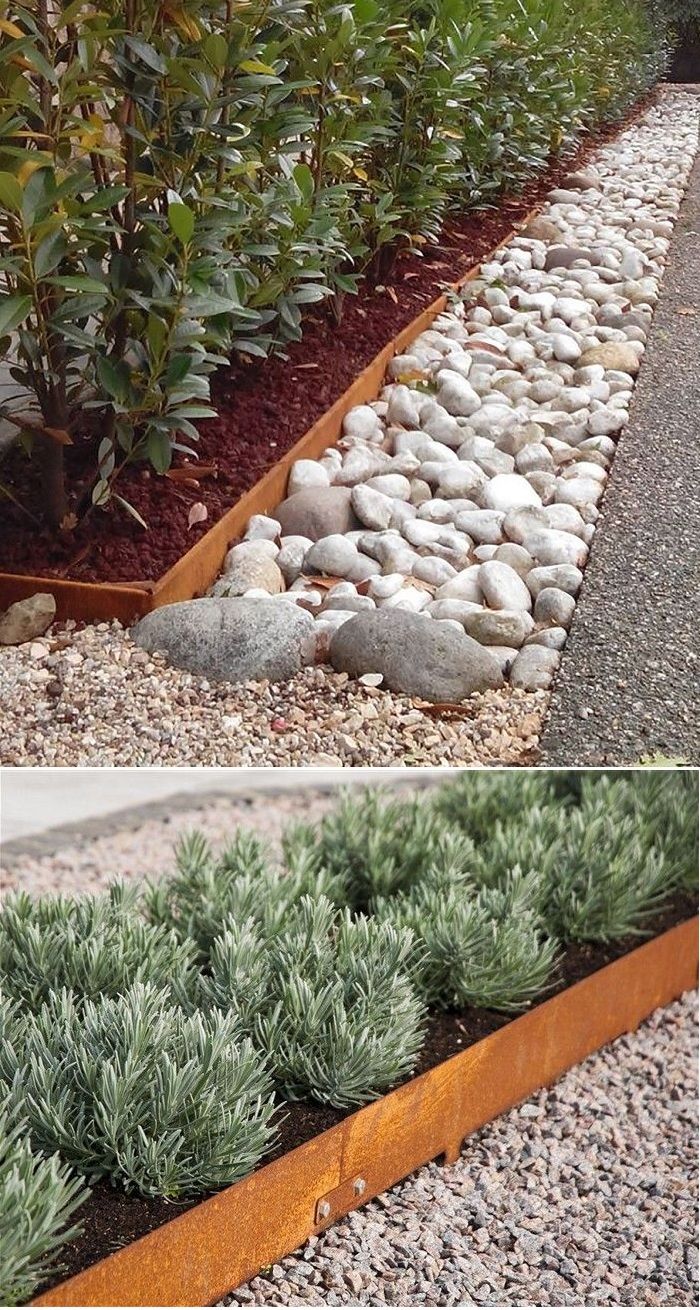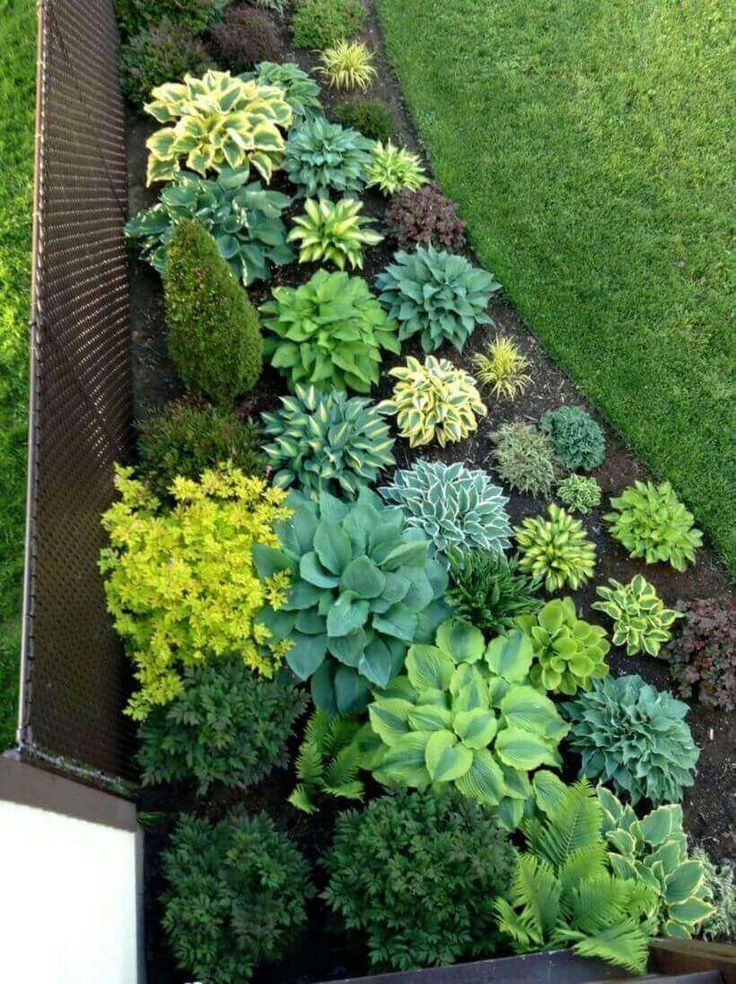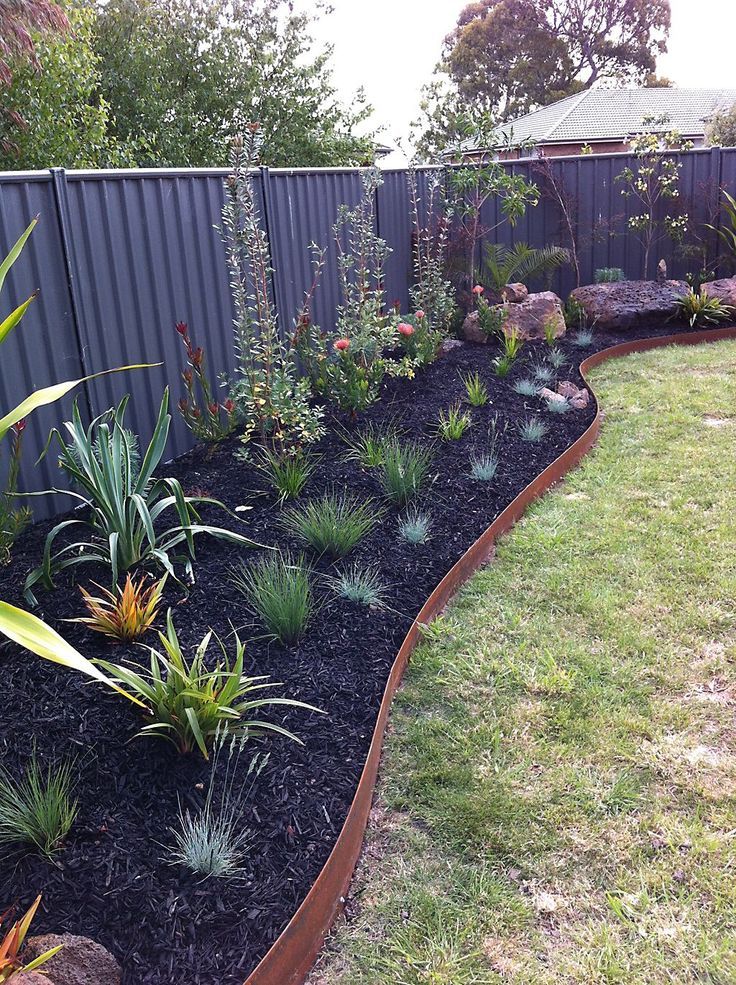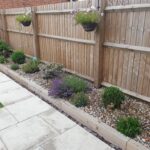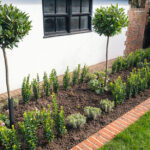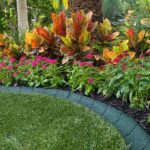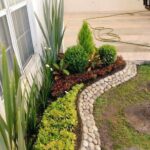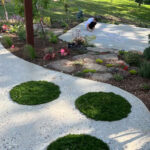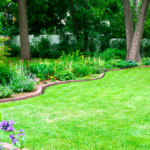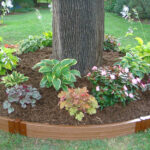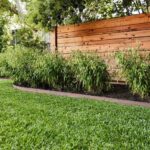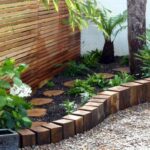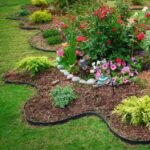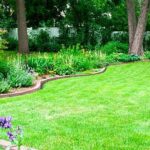Garden design edging is an essential element in creating a polished and well-organized outdoor space. Edging serves as a boundary between different areas of the garden, such as flower beds, lawns, and walkways, while also adding a decorative touch to the overall design. There are various materials and styles of edging to choose from, each offering its own unique benefits and aesthetic appeal.
One popular option for garden edging is using bricks or pavers. These materials are versatile and can be easily installed in straight or curved lines to create a neat and uniform border. Bricks and pavers come in a range of colors, textures, and sizes, allowing for customization to suit any garden design. Additionally, they are durable and long-lasting, making them a practical choice for creating defined edges that withstand the elements.
Another commonly used material for garden edging is metal. Metal landscape edging offers a sleek and modern look that can complement a variety of garden styles, from contemporary to traditional. Metal edging is particularly well-suited for creating clean lines and sharp angles, giving a crisp and sophisticated finish to the garden design. Additionally, metal is a low-maintenance option that resists rust and corrosion, ensuring long-lasting performance.
For a more natural and rustic look, consider using stones or rocks as edging for your garden. Stone edging lends a timeless and organic feel to the outdoor space, adding texture and visual interest to the design. Stones can be arranged in a variety of patterns and sizes to create a unique border that enhances the natural beauty of the garden. Furthermore, stone edging is durable and low-maintenance, making it a practical choice for homeowners looking to add a touch of charm to their outdoor space.
Wood is another popular material for garden edging, offering a warm and classic look that complements a variety of garden styles. Wood edging can be made from pressure-treated lumber, cedar, or redwood, each offering different levels of durability and resistance to rot and decay. Wood edging can be easily installed in straight or curved lines, allowing for flexibility in design. Additionally, wood can be stained or painted to match the existing elements in the garden, creating a cohesive and harmonious look.
No matter which material you choose for your garden edging, the key is to consider both form and function in the design. Edging should not only enhance the aesthetic appeal of the outdoor space but also serve a practical purpose in defining and separating different areas of the garden. By selecting the right edging material and style for your garden design, you can create a cohesive and well-organized outdoor space that reflects your personal style and enhances the beauty of your landscaping.
